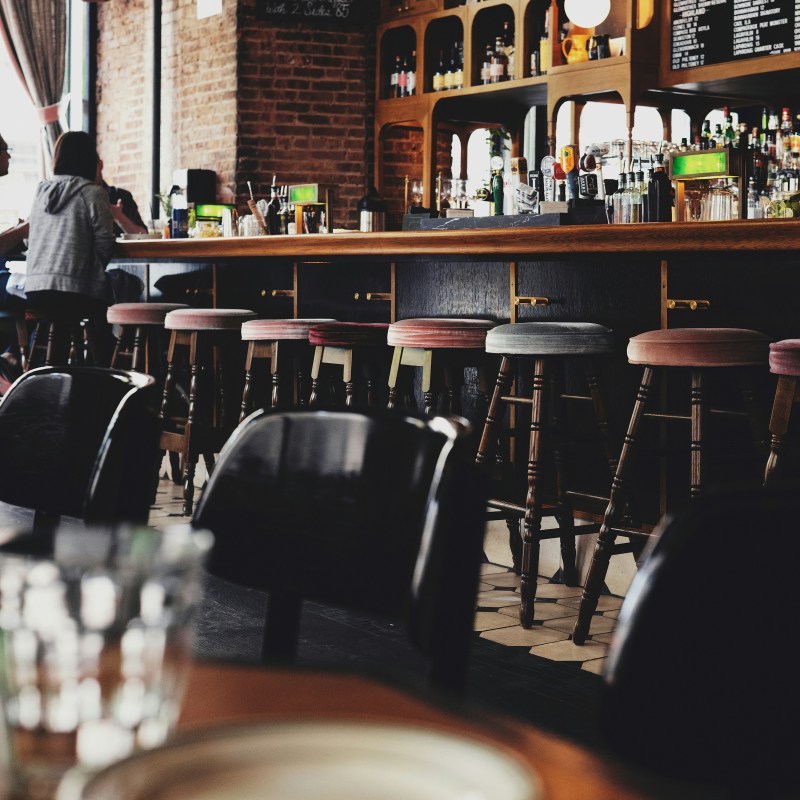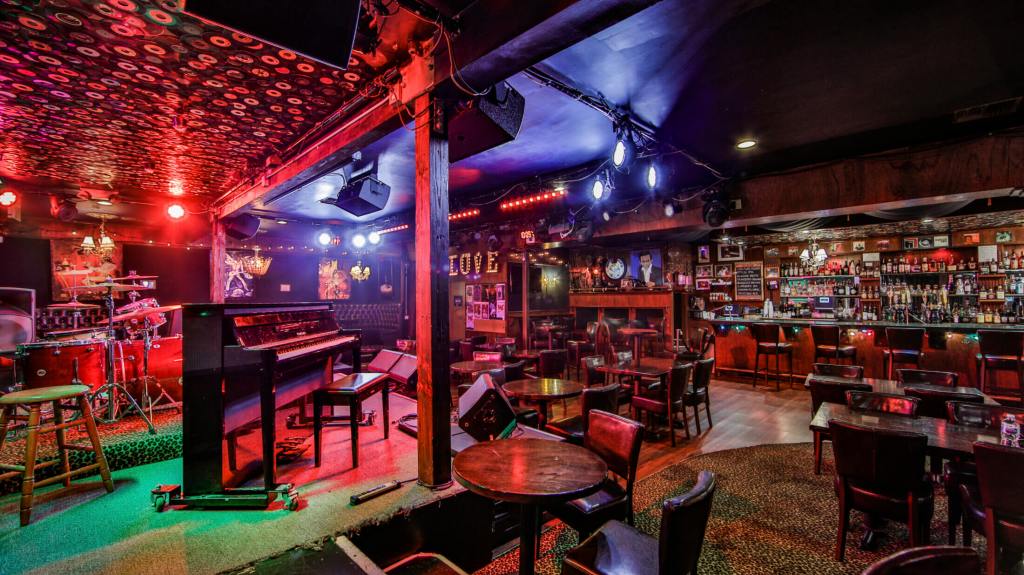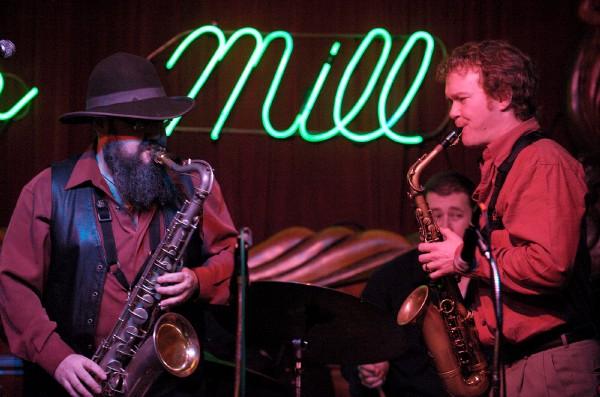
For thirteen years, the US banned alcohol sales. At least, it tried to.
Videos by TravelAwaits
From 1920 to 1933, the Prohibition Era overlapped with the US’s gilded Roaring Twenties era. (This fact always surprises me, as it’s hard to imagine flappers doing their thing without a curvaceous glass of champagne in their hand.)
Unsurprisingly, the Prohibition Era was highly impactful.
Not only did it spur a period of social and cultural change in the US, but it also heralded seemingly random new pastimes. NASCAR, for example, got its start from the jerry-rigged stock cars that Appalachian bootleggers supped up to outrun the police.
It also signaled huge growth for syndicates across the US. It gave rise to organized crime in cities like Chicago, Boston, and New York City. In the Big Apple, crime families played a hugely pivotal (and undercover) role in Manhattan’s skyline in the 1950s and 60s.
We wove a tangled web here in the United States during the brief era of Prohibition—and some of our strangest and most iconic landmarks and pastimes harken back to this era.
But let’s stick to one of the more fun remnants from Prohibition: speakeasies. Over the last decade, old-style bars have started trending. But what about the bars and lounges that can trace their rise back to the age of Prohibition?
There are a surprising number of these bars still running across the US. I’m ranking a few of my favorite picks here. My selections are based on three factors: an old-school style setting, an emphasis on handcrafted drinks, and historical relevance.
So pour yourself a sidecar, dim the lights a little bit, and barricade the door. We’re going back to the 1920s to the speakeasy era.

Ohio Club, Hot Springs
Est. 1905
The Ohio Club is located in Hot Springs, Arkansas—which isn’t too close to the state of Ohio.
Originally, the Ohio Club started out as a cigar store, bar, and casino. It was a hotspot for local politicians, gangsters, and baseball players. (Told you—baseball runs deep in the US.)
During the Prohibition Era, the Ohio Club expanded its reach to serve booze to its clientele. When the era ended, the Ohio Club kept its doors open. It had a reputation as a fantastic watering hole with great live music—even Mae West performed here back in the day.
The Ohio Club is still open and remains a staple in Hot Springs. People still head there to enjoy live music on the weekends, along with craft cocktails galore.

The Mint, Los Angeles
Est. 1937
I know—the Prohibition Era was formally over by the time The Mint opened its doors.
But it turns out that a lot of Americans were still spooked as hell about a second coming of the alcohol ban. Bars, in particular, were prone to buying copious amounts of booze and hiding it in cellars.
Enter The Mint. When it opened its doors, the bar was largely used to store alcohol from neighboring establishments. It didn’t actually start serving customers until a few years later. At that time, its focus shifted toward music.
The Mint is a classic West Coast art deco-inspired venue. Today, it’s a landmark in Los Angeles—one that has helped launch more than a few music careers. If you’re in town, catch a live show at this classic establishment.

Pete’s Tavern, New York City
Est. 1864
From the outside, this tavern looks like any other mom-and-pop pub on the East Side of Manhattan.
But it’s cruising toward its bicentennial and is New York City’s oldest continuously operated bar. When it opened back in 1864, it was serving up ‘grog’ to its customers. (Sounds worse than Natty Light.)
If you stop by for a drink today, you’ll be boozing on the very same rosewood bar from its opening day. But during the Prohibition Era, that bar was covered with flowers.
Peter’s Tavern took on the guise of a florist, selling orchids, roses, and violets… while secretly serving politicians and big-wigs in the basement.
When you enter Pete’s Tavern today, head into the first dining room. That’s where spies would be hidden back in the day to signal drinkers onward through a fake refrigerator door and onward to the promised land.

The Green Mill, Chicago
Est. 1910
From the green neon to the art deco style to its emphasis on live music, you’re going to notice a few similarities between Chicago’s The Green Mill and LA’s The Mint.
But there’s a big difference here. While The Mint opened to stow away booze for bars, The Green Mill opened its doors in 1910. (Then, it was known as the Green Mill Gardens.)
This became the hotspot for some of the US’s most notorious criminals. As mentioned up-top, these mob bosses expanded their reach across major US cities during Prohibition.
From the bright lights of The Green Mill, Al Capone and Machine Gun Jack regularly hung out at The Green Mill. Unfortunately, the grounds have been renovated slightly—that means you can’t sit in the same booth that Capone once did.
However, you’ll still get to explore The Green Mill as it existed in its glory days as a jazz venue in the 1930s and 40s.
